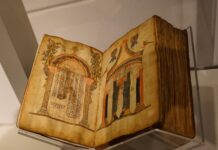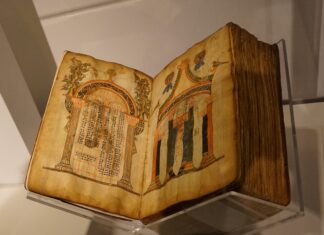By Artsvi Bakhchinyan
Special to the Mirror-Spectator
YEREVAN/ULAAN BAATAR — Prof. Dashdondog Bayarsaikhan teaches history at the National University of Mongolia, specializing in the Mongol Empire and Mongol-Armenian historical relationships. She studied at the Department of Armenian Language and Literature of Yerevan State University and defended her doctoral dissertation (“Mongol-Armenian Political Relations (1220-1335)”) at Oxford University (UK).
Bayarsaikhan worked on the section on Armenian sources for the Cambridge History of the Mongol Empire. She is the author of The Mongols and the Armenians (Leiden: Brill, 2011) and The Essays on the Ilkhans: From Hülegü to Abu Sa’id (Ulaanbaatar, 2016), both monographs in English, the translation from Armenian into Mongolian of “The History of the Nation of Archers by Grigor Aknerc’i” (Antoon Mostaert Centre for Mongol Studies, Monograph series, v. 4, Ulaanbaatar, 2010), as well as many articles and papers in international conferences in Mongolian and English.
Bayarsaikhan often travels to Europe, Asia and the US to lecture and participate in conferences and projects along with her colleagues working on the Mongol Empire.
My interview with Dashdondog Bayarsaikhan was conducted via email.










